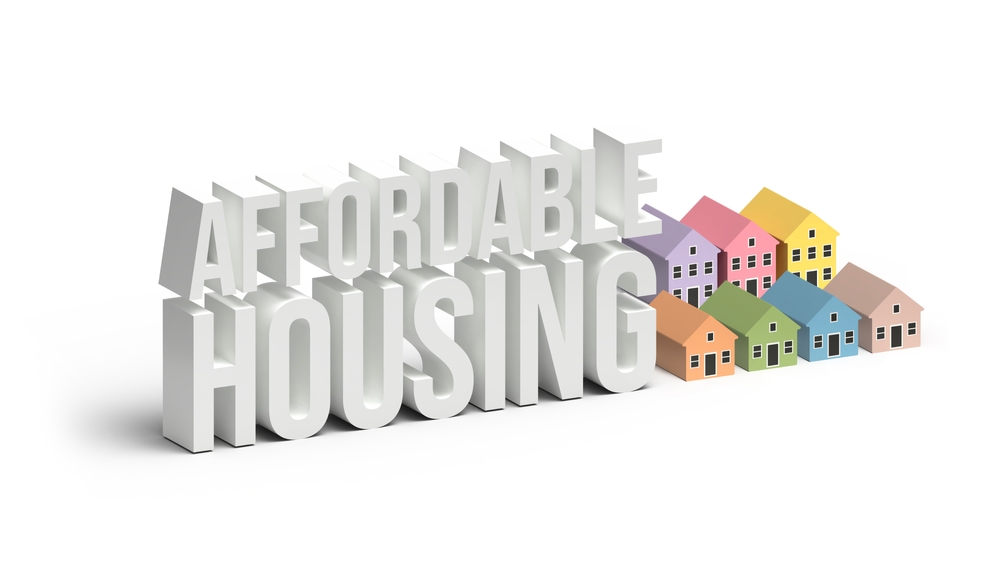As the cost of living continues to soar, the need for affordable housing has reached a critical point. A new proposal offers hope by restricting rent increases to at most 5% annually. The plan, which calls on Congress to pass a law that would withdraw tax credits from landlords who exceed this limit, targets landlords with at least 50 units in their portfolio. If passed, this regulation would bring relief to approximately 20 million rental units nationwide, about half of all rentals in the United States.
This policy includes exceptions for new construction and buildings undergoing ‘substantial renovation,’ although specific definitions for these terms are yet to be clarified. The proposal is part of a broader effort to lower housing costs and provide immediate relief to renters facing steep rent hikes. It’s important to note that this proposal is not designed to penalize landlords but rather to ensure that rent increases are reasonable and do not cause undue financial strain on tenants.
Housing advocates have lauded the proposal for its comprehensive approach. Shamus Roller, executive director of the National Housing Law Project, described it as a “historic” move that would “increase housing stability for tenants.” Roller emphasized the importance of a comprehensive governmental approach to the housing crisis and commended the focus on immediate relief and long-term solutions for renters.
However, the plan has faced opposition from significant real estate and housing organizations, including the Mortgage Bankers Association (MBA) and the National Apartment Association. Critics argue that rent control measures can reduce the available housing supply and fail to target the renters most needing assistance, potentially harming other residents and communities. They also express concerns about the potential negative impact on landlords’ ability to maintain and improve their properties.
A senior administration official noted that the plan is designed as a temporary measure, serving as a two-year bridge until the 1.6 million rental units currently under construction nationwide become available. This proposal comes amidst a severe and ongoing housing crisis in the United States.
Nationally, there is a shortage of over seven million affordable homes for the more than 10.8 million extremely low-income families. Seventy percent of these families are severely cost-burdened, spending more than half of their income on rent. No state or county offers a scenario where a renter working full-time at minimum wage can afford a two-bedroom apartment.
Additionally, with mortgage rates nearing 8%, rising home prices, and the lowest inventory of homes for sale in over a decade, the housing market is increasingly out of reach for working and middle-class families. According to a report from the Joint Center for Housing Studies at Harvard, a record 22.4 million American households now spend at least 30% of their income on rent.
This proposal contrasts with previous housing plans that focused primarily on incentives for developers to increase housing supply. Instead, it emphasizes regulating rent increases and direct interventions to protect tenants from steep rent hikes.
In addition to this latest proposal, several measures have been introduced to promote fairer rental markets and boost the supply of affordable housing. These measures have shown promising results, with the Housing Finance Agency Risk-Sharing Initiative, for instance, fostering the creation and maintenance of affordable rental units. This proposal builds on these successes and aims to further improve the housing situation in the United States.
The administration also revived the Federal Financing Bank Risk Sharing program in 2021, providing nearly $2 billion in financing for the rehabilitation and construction of almost 12,000 housing units. Furthermore, in May, HUD published new rules for the HOME Investment Partnerships Program, streamlining requirements and updating tenant protections to facilitate the creation of affordable housing.
As the housing crisis continues to be a pressing issue, this proposal marks a significant step toward addressing affordability and stability for millions of renters nationwide. Whether Congress will pass the proposed legislation remains to be seen. Still, the debate over housing policy will play a crucial role in shaping the future of affordable housing in the United States.






